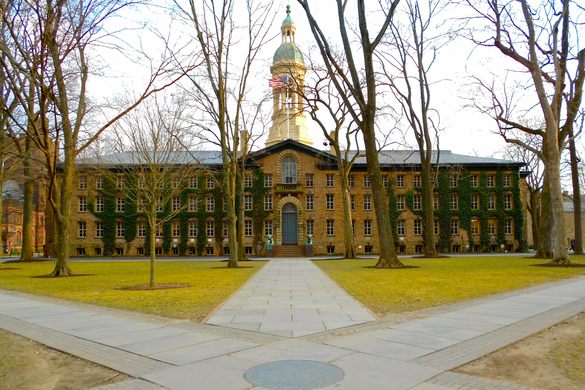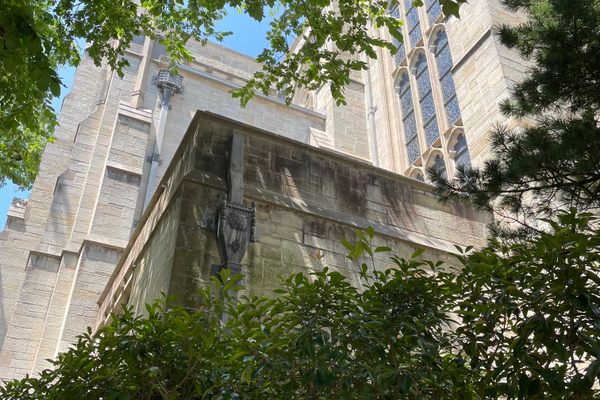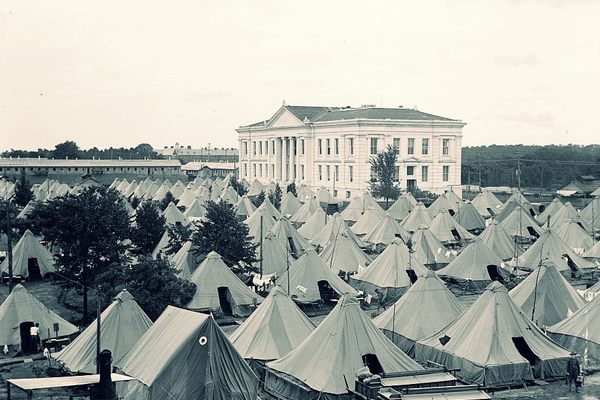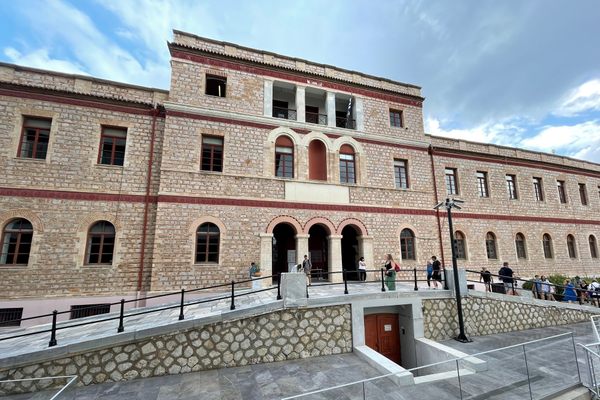Nassau Hall
Nassau Hall has served as army barracks, a museum, and played a key role in the American Revolution.
Named to honor King William the third’s lineage from the Dutch House Orange-Nassau, Nassau Hall was built in 1756 to house the college now known as Princeton University. When construction was completed, Nassau Hall was the largest stone building in New Jersey.
Throughout the Revolutionary War, Princeton’s campus was a battleground and as a result, the integrity of the building suffered under occupation by troops of both armies. In the Battle of Princeton alone, Nassau Hall changed possession three times. During their occupations, both British and American troops used furniture for fuel, ruined the organ in the prayer hall, and looted the library. In the Battle of Princeton, George Washington fired on Nassau Hall, leaving damage still visible today on the south wall of the west wing.
From June to November 1783, Princeton was the nation’s capital and Nassau Hall, as its seat of governance, housed the Continental Congress. It was in the library on the second floor of Nassau Hall that Congress first heard the news of Great Britain signing the war-ending peace treaty, as well as where they welcomed the United States’ first foreign minister from the Netherlands.
Nassau Hall now primarily serves as the offices for the University’s administration. Today, visitors frequently pose for pictures with the pair of tigers that guard the entrance.
















Follow us on Twitter to get the latest on the world's hidden wonders.
Like us on Facebook to get the latest on the world's hidden wonders.
Follow us on Twitter Like us on Facebook